There is always a cause behind a pest problem. Here are some of the factors that cause pest infestations and what to do about them.
Stop paying for pests.

Pests and people are both attracted to the same things: easy food, easy water, and a comfortable place to feed their families. We see this in our homes all the time. When maintenance is delayed and unkempt, we allow insects and rodents to enter our homes.
Once inside, all they need is a little food and water to stay, and insects alone cause more than $5 billion in damage each year in the United States. By preventing pests from the start, you can save yourself the expense and hassle of dealing with them.
Wet basements.
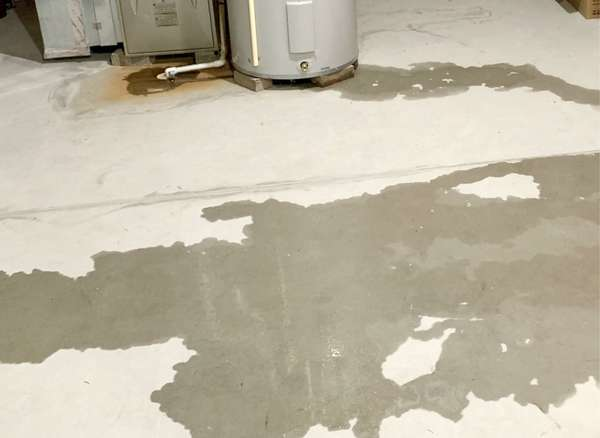
A leaky basement is more than just an inconvenience. Standing water attracts a variety of pests, including insects, rodents, and snakes. In addition, water in the basement increases humidity, which can lead to dangerous structural damage from termites and fungi.
To keep your basement dry, check the topography and gutters around your home to ensure that rainwater flows away from the foundation rather than toward it. If problems arise, be sure to address other potential leakage factors, such as windows and ventilation fans.
Blocked gutters.

Clogged gutters can cause moisture to accumulate close to the roof. Clogged gutters are not only a structural problem, but also a source of water for insects and snakes to breed.
Clean your gutters in the spring (and in the fall after leaves fall) to prevent insects and critters from congregating in your gutters. Installing gutter guards can also help.
High humidity
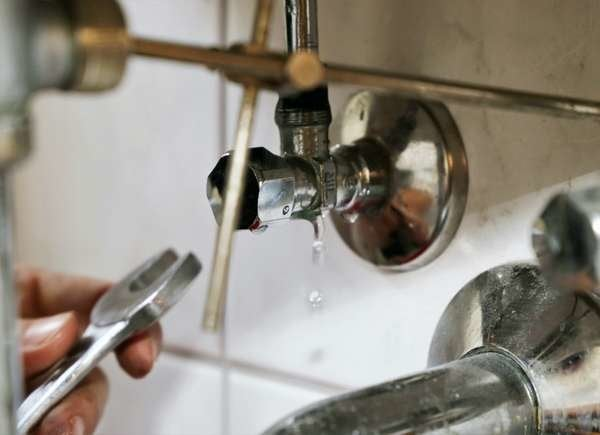
Pests such as cockroaches and silverfish prefer damp areas. Leaky plumbing and slow drainage, as well as poorly ventilated bathrooms, are ideal environments for them. Repair these problem areas promptly and also consider using dehumidifiers in these areas.
Garbage and Recyclables
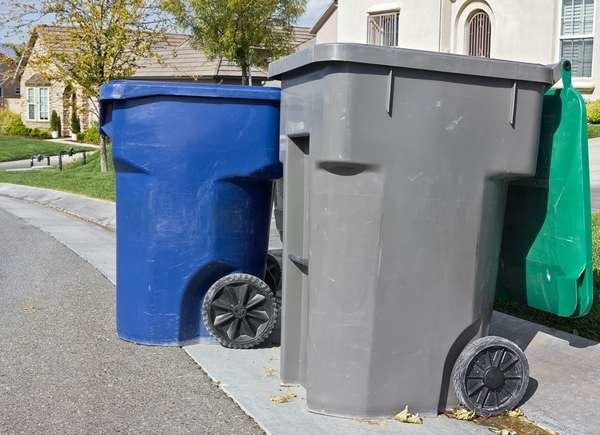
It is a well-known fact that food scraps in the trash attract insects and rodents. Avoid pests by properly bagging trash and keeping it sealed. Always wash recyclables and recycling bins in cold water and consider upgrading from open recycling bins to covered containers.
Poorly maintained landscaping.

Tall grass and overgrown shrubs provide shelter for unwanted critters such as rodents and insects. These animals roam freely in their territory, but you can keep them out of your home by regularly tending your lawn and keeping shrubs and trees off your side of the house.
Dirty Grills.
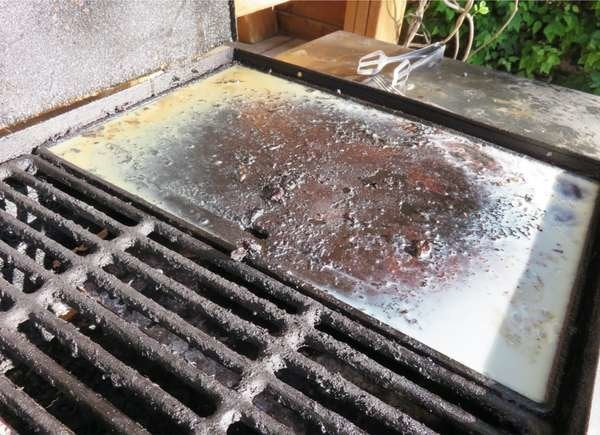
Cooking and eating outdoors attracts ants, flies, and wasps, but grease and leftover food on the grill after a picnic attracts even more pests, including rodents and rats. Don’t forget to clean up your outdoor cooking area after the picnic is over.
Dirty dishes

Small food scraps attract insects and rodents, and dirty dishes are a buffet bar for all kinds of pests. Aim for a bug- and rodent-free kitchen by washing dishes after each meal. Wipe down counters, cooktops, and sinks as you go.
Composting

Composting is a great way to reuse food scraps and improve the soil in your garden, but compost attracts hungry insects and rodents. You can avoid problems by using an enclosed composting system and keeping your outdoor compost pile at least 50 feet away from your house. Balance food scraps with yard waste such as leaves and grass clippings to prevent odors and avoid piling up meat, dairy, and fatty foods.
Products on the counter

Some vegetables can be stored without refrigeration, but the downside of leaving ripe fruit on the counter is that it is more likely to attract fruit flies. To reduce the risk of fruit fly infestation, do not let fruit sit too long before eating, and dispose of debris and peels after each meal. If fresh vegetables cannot be eaten before they are too ripe, consider freezing them for smoothies or baked goods.
Gaps in wall panels
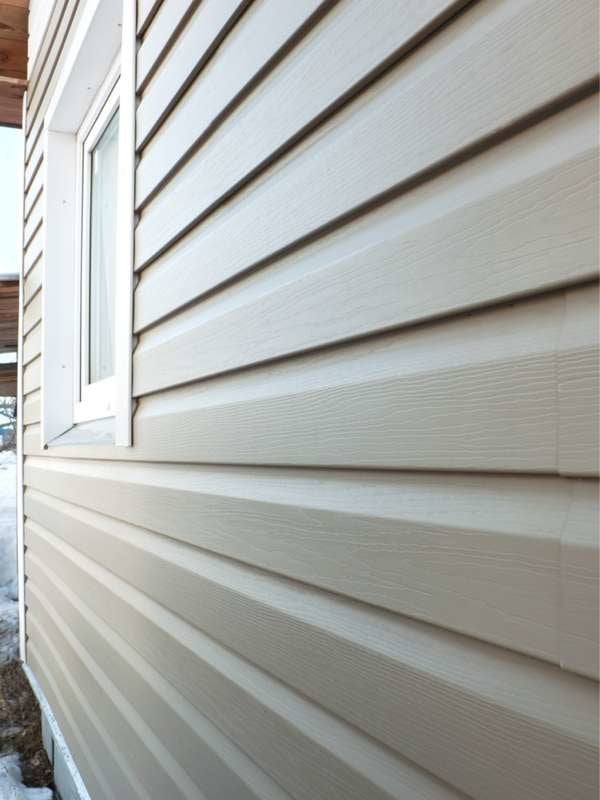
Rats can enter a house if there is a 1/4-inch gap. Holes in the siding and gaps under doors are easy entry points. Inspect your siding at least twice a year, paying close attention to seams, trim, and joints between the siding and masonry. Seal gaps with silicone caulk, steel wool, or foam sealant.
Roof Damage.
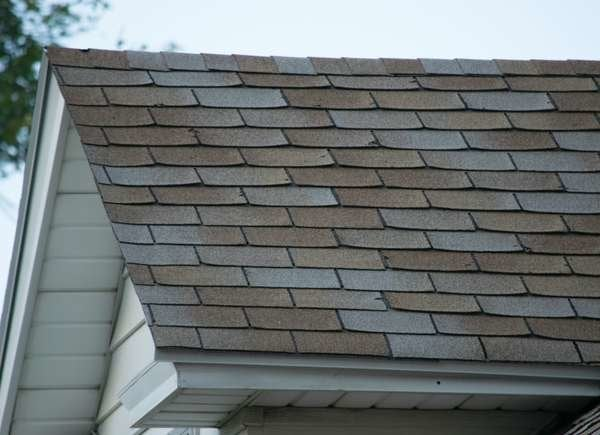
The attic is a great place to feed your family. Ask the neighborhood squirrels, bats, and mice. Animals are attracted to the warmth and protection our homes offer. How do they get in? Possible entry points include holes or missing fascia or soffits, gaps between fascia and eaves, unscreened eaves or ridge vents, and missing shingles. The best way to keep animals out is to check these areas annually and keep the roof in good condition.
Worn or missing door sweeps.
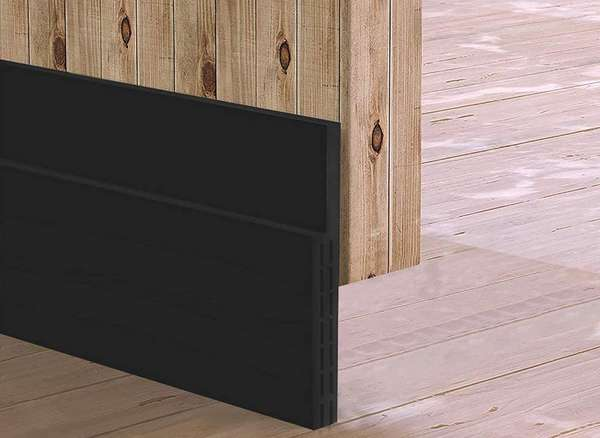
Door seals are useful in many situations, not just to save on utility bills. These small strips can be easily installed as a DIY project at the bottom of entry, side, and back doors, and can also keep insects and other pests out. Replace door screens to block pest entry points.
Windows Screens.

Window screens were invented to keep insects out, but they cannot do their job if they have holes in them. Inspect all domestic window screens annually and repair or replace as needed.
Indoor and Outdoor Pets

Even though dogs and cats are protected from fleas and ticks with preventatives and collars, it does not mean they will not bring insects into the home. Whether it’s bed bugs on your pet’s fur or deliberately bringing in live rodents, pets are a nuisance that can cause pest problems. Keeping an eye on your pets and checking them when they enter your home can deter unwanted visitors at your front door.
Porch Lights, Landscape Lighting
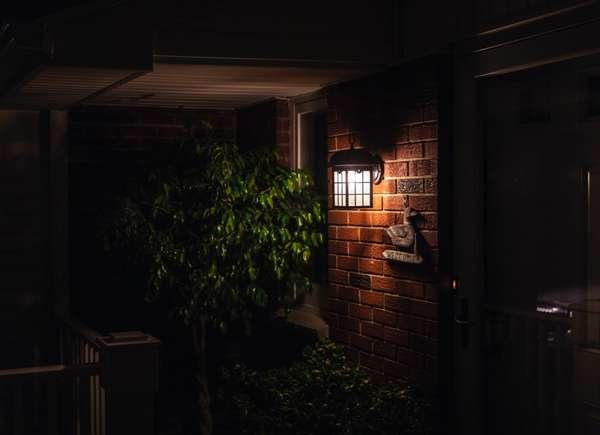
Leaving a porch light on for an hour after dusk will attract a variety of insects. And if you leave a door open near the light, insects may come inside. This is true for landscape lighting as well.
Repellents also attract far more insects than they kill. A better solution is to install security lights with motion sensors away from the house. Lights that are on when needed and off at other times may keep out trouble and insects.
Cracks in the foundation

Cracks can occur in concrete slabs, poured or block foundations, and even stone finishes. Cracks in concrete, even small ones, can easily become an entry point for insects, and large ones can become an entry point for rodents. Inspect masonry once a year and repair as needed.
Open garage and basement doors.
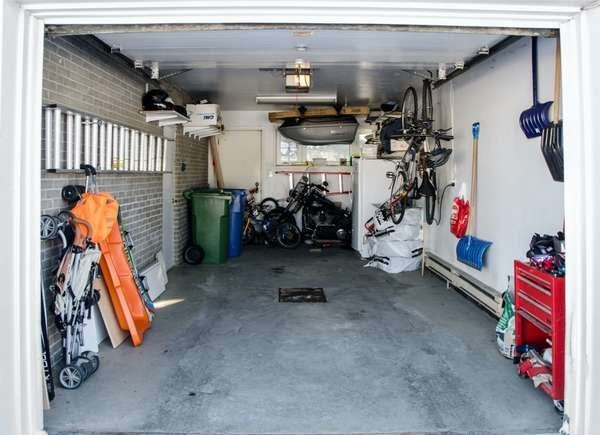
We use our garages and basements as storage areas, workshops, studios, and potting sheds, but pests use them as warm homes. Leaving the garage door open for hours often brings in unwelcome guests. Garages and basements are important entry points for a variety of creatures. Garage and basement doors should always be closed when they do not need to be opened.
Openings for Pipes and Cables
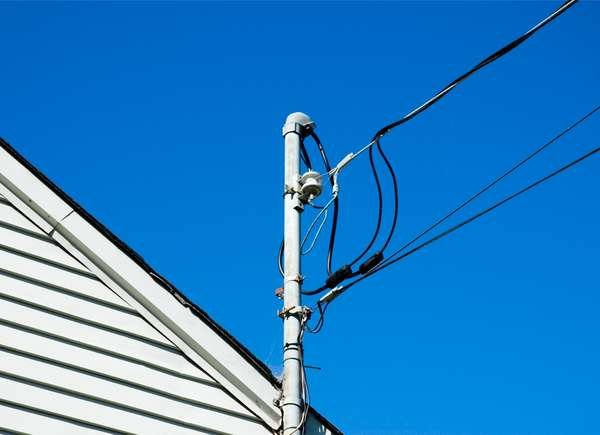
Every house has many small openings in the foundation, walls, and roof for various utility pipes, such as telephone, cable, fiber optic, air conditioning, and gas. Inspect these holes and seal them with silicone caulk to eliminate pest entry points.
Uncovered chimneys
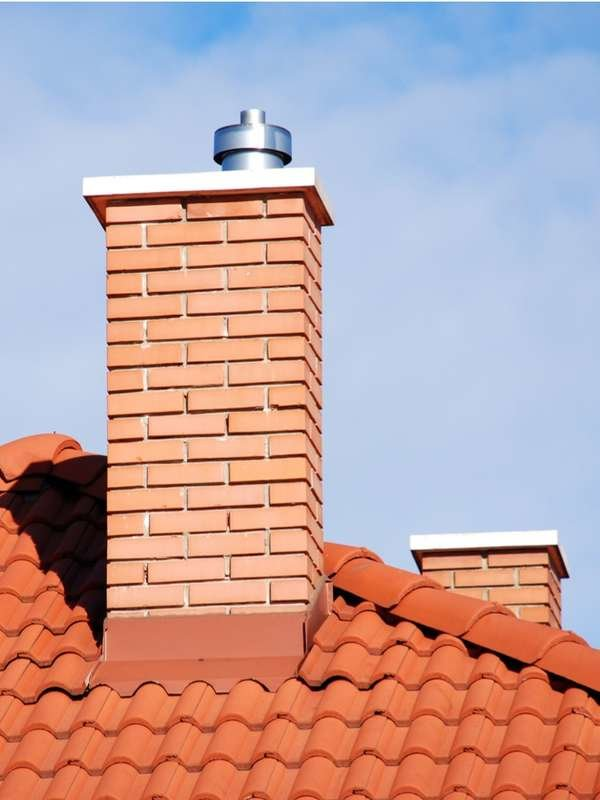
Small animals such as rats, squirrels, raccoons, and birds can easily enter through chimneys, so be sure to close the damper when not in use. Install a mesh covered chimney cover and check its location and integrity each spring and fall.









